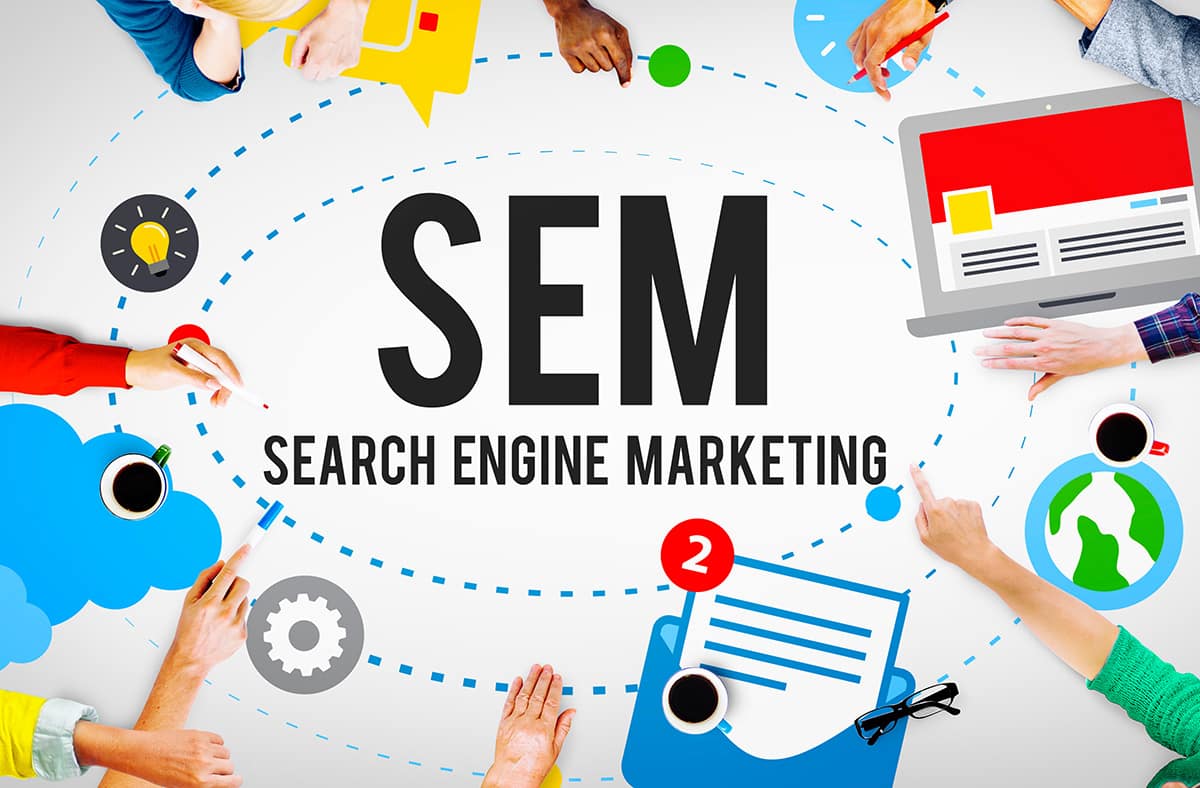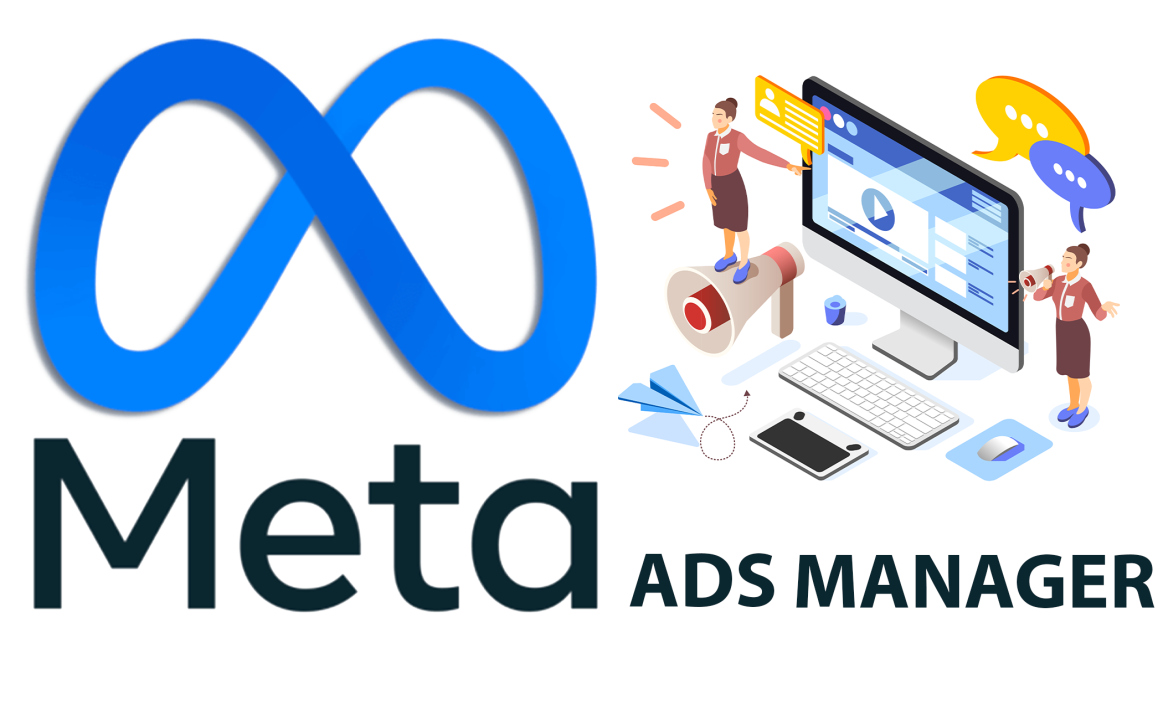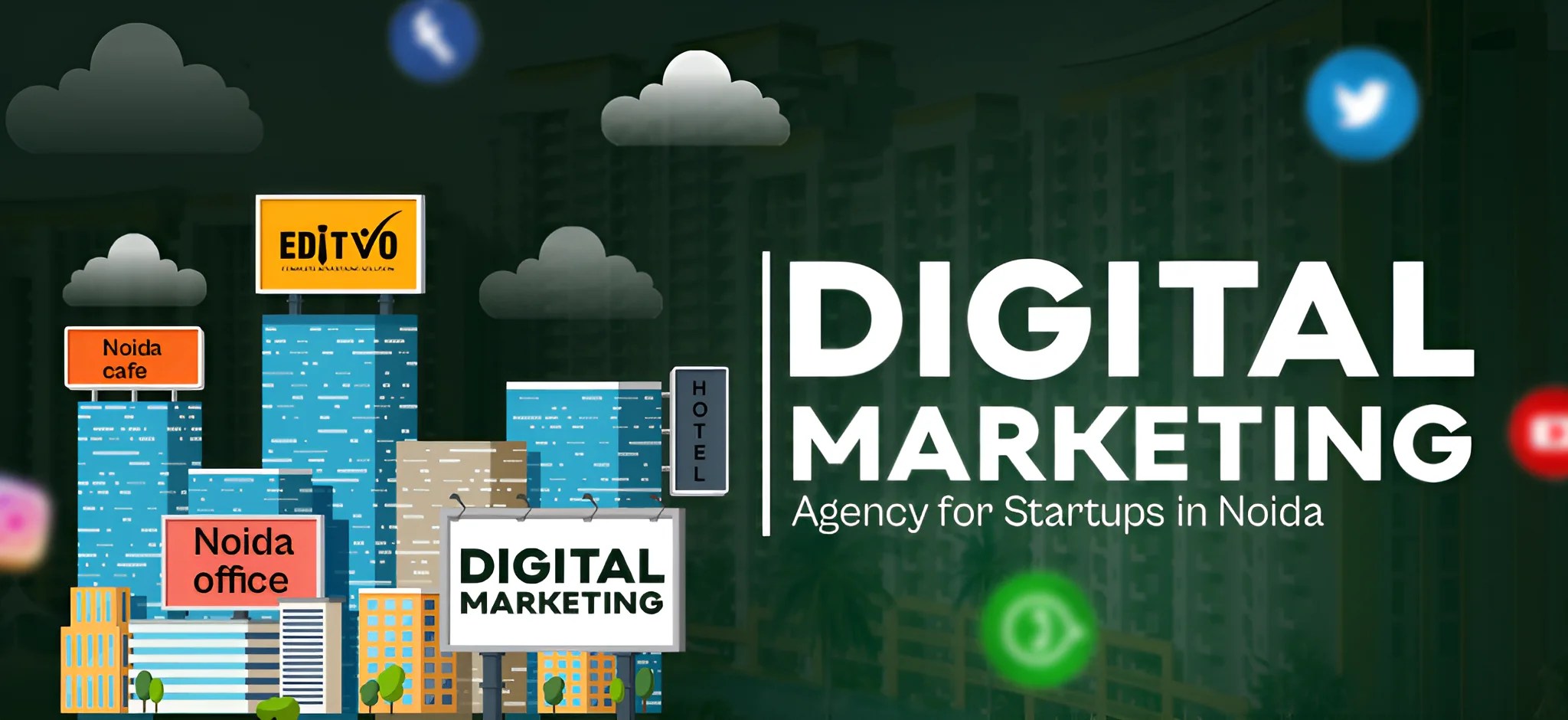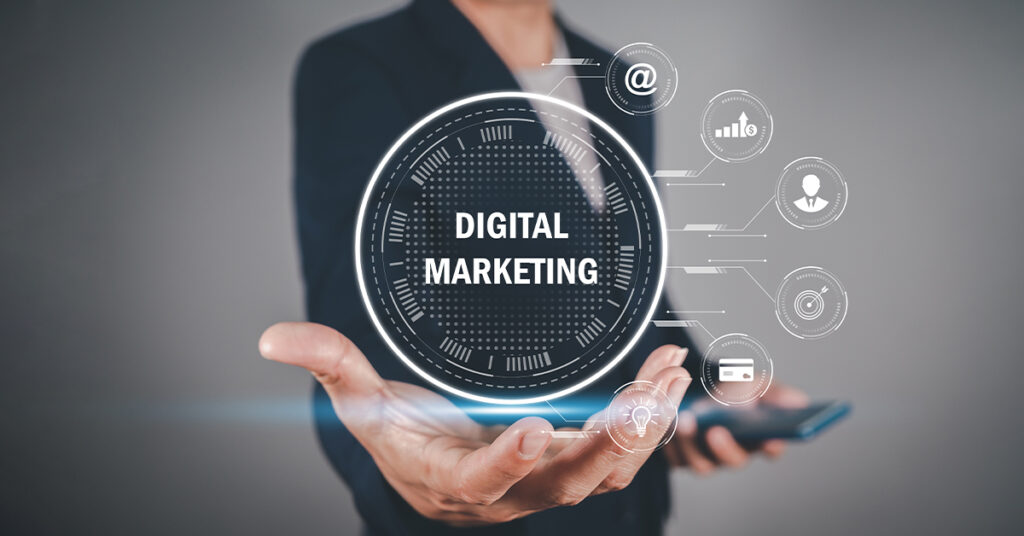Search Engine Marketing (SEM): Driving Visibility Through Paid Strategies
In the fast-paced digital world, gaining attention online is essential for business growth. That’s where Search Engine Marketing (SEM) comes in. SEM is a paid marketing method that helps brands appear at the top of search engine results, boosting website traffic, brand awareness, and conversions.
Unlike SEO, which focuses on organic search rankings, SEM uses paid ads to position your business in front of potential customers at the right time—when they’re actively searching for your products or services.
What Is Search Engine Marketing?
Search Engine Marketing is a form of digital advertising that allows businesses to promote their websites in search engine results through paid campaigns. The most common type of SEM is Pay-Per-Click (PPC) advertising, where you pay only when someone clicks on your ad.
Google Ads and Bing Ads are two major platforms that let businesses bid on keywords to appear in prominent positions in search results. This strategy gives immediate visibility and drives high-intent traffic to your website.
Why Should Businesses Invest in SEM?
With online competition at an all-time high, SEM offers a fast and focused way to get in front of your audience. It allows you to:
- Reach users instantly who are already searching for what you offer
- Target specific audiences by location, device, language, and more
- Set and control your ad budget down to the cent
- Track performance in real-time for smarter decision-making
Most importantly, SEM delivers quick results compared to SEO, which takes longer to build momentum.
Core Elements of a Successful SEM Campaign
1. PPC (Pay-Per-Click) Ads
These are the most recognizable type of SEM. You pay each time someone clicks on your ad. Proper bidding and ad quality play a big role in determining your ad’s visibility and cost-per-click.
2. Keyword Strategy
Choosing the right keywords is the backbone of your SEM success. Focus on keywords your target audience is actively using. Keyword tools like Google Keyword Planner or Ubersuggest can help you find relevant, high-converting terms.
3. Effective Ad Copy
Your ad should clearly communicate what you’re offering and why it’s valuable. Crafting strong headlines and persuasive calls to action (CTAs) is crucial for attracting clicks.
4. Landing Page Optimization
After clicking your ad, users should land on a page that’s directly related to the ad content. Fast-loading, mobile-friendly, and CTA-focused landing pages significantly boost conversion chances.
5. Bid & Budget Management
You decide how much you’re willing to spend per click or per day. Smart bidding strategies and regular budget adjustments ensure you get maximum value for your spend.
6. Ad Extensions
Platforms like Google Ads allow extra content like phone numbers, site links, and location info to be added to your ads. These extensions increase visibility and improve click-through rates.
Top Benefits of SEM for Your Business
Instant Online Presence
Get your brand in front of potential customers the moment your campaign goes live.
Highly Targeted Traffic
Reach people actively looking for your product or service, increasing the likelihood of conversion.
Budget Flexibility
Whether you’re a startup or an established company, SEM lets you start with any budget and scale as needed.
Measurable Results
With clear metrics like impressions, clicks, conversions, and cost per click, you can track ROI and make data-driven decisions.
Improved Brand Recognition
Even if users don’t click, seeing your ad repeatedly builds brand familiarity and trust over time.
SEM Best Practices to Follow
Use Long-Tail Keywords
These specific, lower-competition keywords tend to bring in more qualified traffic and cost less per click.
Test Different Ad Variations
Regular A/B testing helps identify what messaging resonates most with your audience, improving performance over time.
Include Negative Keywords
Prevent your ads from showing for irrelevant searches. For example, if you sell luxury bags, exclude terms like “cheap” or “free.”
Refine Landing Pages
Your landing page should match the ad’s promise. Keep it clean, simple, and focused on a single action—like buying, signing up, or calling.
Monitor and Optimize Frequently
Check performance weekly, adjust bids, pause underperforming ads, and shift budget toward what’s working.
Final Thoughts
Search Engine Marketing is a powerful tool for businesses aiming for quick visibility, targeted traffic, and measurable growth. When implemented with a thoughtful strategy, SEM delivers consistent returns and complements your overall digital marketing efforts.
Whether you’re just starting out or already running campaigns, continual testing, analysis, and optimization are key to making the most of your SEM investment.





